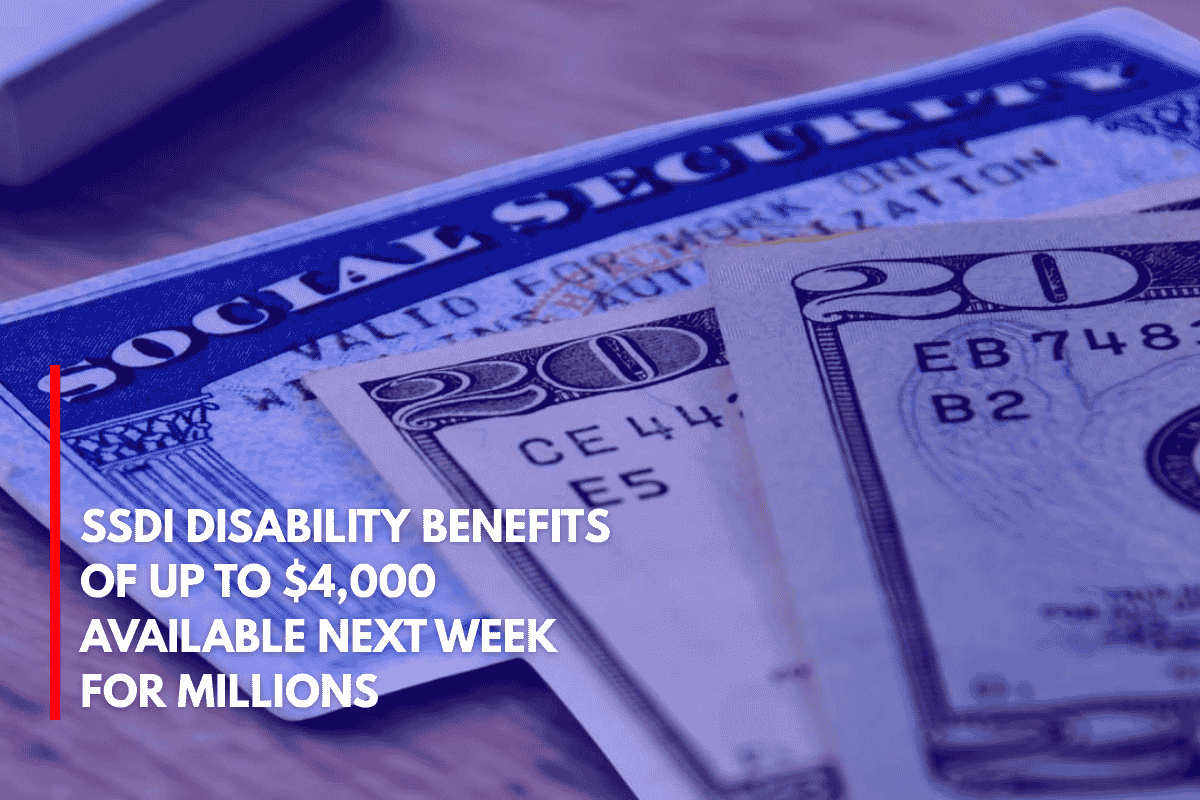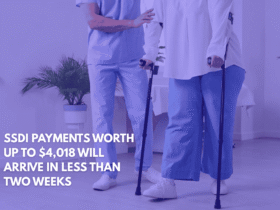If you’re a Social Security Disability Insurance (SSDI) beneficiary, it’s important to mark your calendar for July 2025. This month brings three rounds of SSDI payments, which are distributed based on birthdates.
If you are someone who can’t engage in Substantial Gainful Activity (SGA) due to a disability, these payments are vital to your financial stability.
SSDI Payment Schedule for July 2025
As per the Social Security Administration’s (SSA) official calendar, SSDI payments will follow a predictable schedule in July 2025. Here’s the breakdown of payment dates:
Wednesday, July 9: For beneficiaries born between the 1st and 10th of the month.
Wednesday, July 16: For beneficiaries born between the 11th and 20th of the month.
Wednesday, July 23: For beneficiaries born between the 21st and 31st of the month.
Important Exceptions to the SSDI Payment Schedule
While most SSDI beneficiaries receive their payments based on the staggered birthdate system, there are exceptions. These include:
Beneficiaries who began receiving SSDI before May 1997: This group still follows the old system, which means their payments will arrive on Thursday, July 3.
Beneficiaries who also receive SSI (Supplemental Security Income): If you receive both SSDI and SSI, your payment will also be set for July 3, as SSI payments are issued on the 3rd of each month.
If any of these dates happen to fall on a weekend or holiday, the SSA typically issues payments on the previous business day. For July 2025, there are no such conflicts, so payments will arrive on their scheduled dates.
SSDI Payment Amounts in 2025
The amount you receive through SSDI depends largely on your work history and the contributions you’ve made over the years. For 2025:
Average SSDI monthly benefit: The average amount is $1,581.
Maximum SSDI monthly benefit: The highest possible monthly payment is $4,018. This is reserved for those who have worked for 35 years and earned a high income during that time, staying close to the annual taxable income limit set by Social Security.
What Happens if You Combine SSDI with SSI?
If you qualify for both SSDI and SSI, your payment schedule will change. SSI payments are fixed for the 3rd day of every month, so when you receive both, your payment will be moved to that date. The maximum SSI benefit is $967 for an individual and $1,450 for a couple.
Do You Qualify for SSDI?
To qualify for SSDI, the process is quite different from SSI since it does not depend on financial resources. Instead, the eligibility criteria are based on medical conditions and your work history. Here’s what you need to qualify:
Work History: You need to have earned 40 credits of work, with at least 20 of those credits accumulated in the last 10 years before the disability.
Qualifying Disability: You must have a condition that prevents you from working for at least one year or could lead to death. The SSA requires medical proof of this disability.
Income Limits: You must not be able to engage in Substantial Gainful Activity (SGA). For 2025, the monthly income limit is $1,550 for non-blind individuals and $2,590 for those who are blind. Earning more than these amounts could disqualify you from SSDI.
Citizenship or Immigration Status: You must be a U.S. citizen or a legally residing foreigner with valid status accepted by the SSA.











Leave a Reply